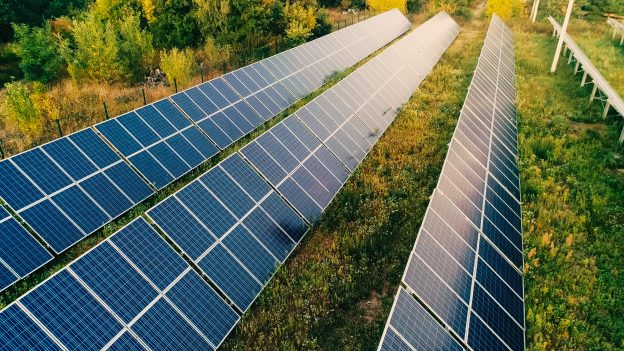Silver, as a precious metal with both monetary and industrial applications, sees its price influenced by a myriad of factors, including supply and demand dynamics and the gold-silver ratio. This article delves into the intricacies of silver price forecasting through an examination of these critical elements.
Analysis of Supply and Demand
The interplay between supply and demand is the cornerstone of market economics and is central to understanding silver price movements.
1)Supply Side Analysis
The geographical distribution of silver mines globally significantly impacts supply. Major silver-producing countries like Peru, China, and Mexico influence global supply through their political stability, mining policies, and technological advancements in mining. As easily accessible silver deposits deplete, the cost of new mine exploration may rise, potentially capping supply growth or even leading to a decline. Technological innovations in more efficient silver mining and recycling can increase supply, while the development of substitute materials may reduce industrial demand for silver.
2)Demand Side Analysis
The application of silver in industries such as electronics, photovoltaics, and healthcare is continuously expanding. Notably, in the photovoltaic industry, silver is a key material for solar panels, and its demand is closely tied to the growth of the new energy sector. As a precious metal, silver also serves as a hedge against inflation and economic uncertainty for investors. Market investment demand for silver fluctuates with macroeconomic conditions and investor sentiment. The use of silver in jewelry manufacturing is also a part of demand but is generally more stable compared to industrial demand.
3)Technical Analysis of the Gold-Silver Ratio
The gold-silver ratio, a measure of the value of one ounce of gold relative to one ounce of silver, is a crucial indicator for analyzing the relative performance of gold and silver prices.
4)Historical Trend Analysis
Studying the historical trends of the gold-silver ratio reveals its correlation with economic cycles and monetary policies. For instance, the ratio tends to rise during periods of economic slowdown and monetary easing, and fall during economic recovery and expansion of the money supply.
5)Impact of Economic Cycles
The gold-silver ratio is closely linked to the global economic cycle. During periods of economic expansion, industrial demand increases, which can drive up silver prices and decrease the ratio. Conversely, during economic downturns, reduced industrial demand can lead to a decline in silver prices and an increase in the ratio.
5)Monetary Policy Influence
Changes in interest rates significantly affect the gold-silver ratio. In a low-interest-rate environment, the opportunity cost of holding non-yielding assets decreases, which can enhance the appeal of gold as a safe-haven asset, potentially leading to a decrease in the ratio.
6)Market Sentiment Effects
Market sentiment and investor expectations also influence the gold-silver ratio. During times of increased market uncertainty, investors may seek safe-haven assets, driving up the ratio. However, when the market anticipates a rapid economic recovery, investors may shift towards growth assets like silver, causing the ratio to decline.
The Impact of Photovoltaic Industry Growth on Silver Demand Dynamics
The photovoltaic (PV) industry has seen a significant increase in demand for silver over the past few years, a trend closely tied to the global shift towards renewable energy and the growing appetite for clean power. Silver plays an indispensable role in the manufacturing of solar photovoltaic cells, primarily serving as a conductive paste that aids in the collection and conduction of electricity generated by these cells. As advancements in solar technology drive down costs and installations surge worldwide, the demand for silver has been propelled forward.
The rise in demand for silver within the PV sector is not solely driven by the growth in installations but is also influenced by technological innovations. Although the amount of silver used per photovoltaic cell has decreased thanks to technological improvements, the overall demand continues to rise due to the expansion of the global photovoltaic market. Moreover, with a heightened global focus on environmental protection and sustainable development, many countries have introduced policies to support the growth of the renewable energy sector, further accelerating the development of the photovoltaic industry.
The use of silver in photovoltaic cells also faces challenges, such as price volatility and the potential for material substitution. Increases in the price of silver can add to the production costs of photovoltaic cells, affecting the economic viability of solar projects. At the same time, in an effort to reduce costs and improve efficiency, researchers and manufacturers are exploring the use of copper and other materials as alternatives to silver.
Despite these challenges, the continued growth of the photovoltaic industry suggests that the demand for silver will remain robust. With the world's pursuit of clean energy, it is expected that the demand for silver from the PV industry will continue to grow, positively impacting the silver market. However, the price trajectory of silver will still be influenced by a variety of factors, including supply and demand dynamics, macroeconomic conditions, technological advancements, and market sentiment.







